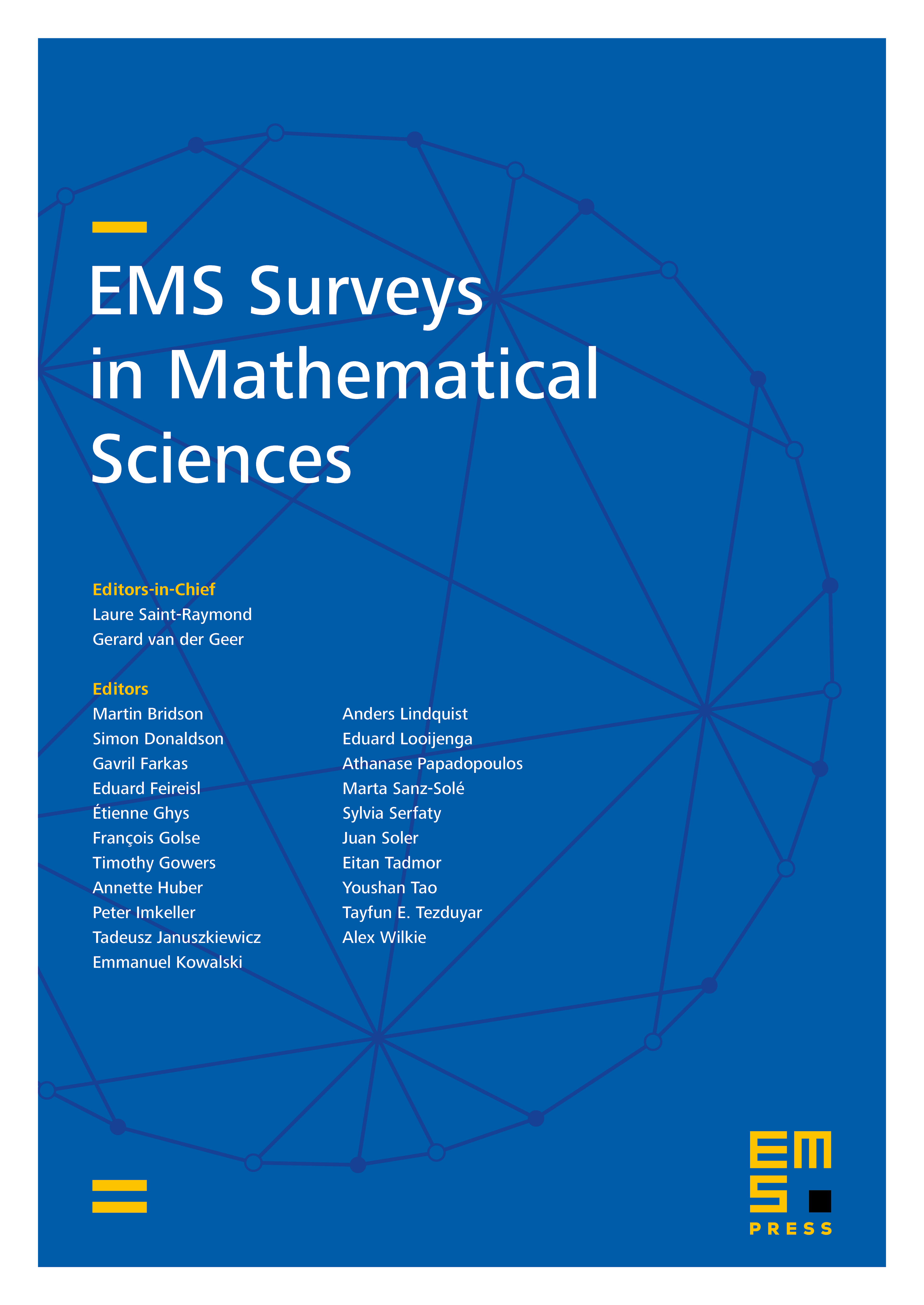CMV matrices, a matrix version of Baxter's theorem, scattering and de Branges spaces
Harry Dym
The Weizmann Institute of Science, Rehovot, IsraelDavid P. Kimsey
Ben-Gurion University of the Negev, Beer-Sheva, Israel

Abstract
In this survey we establish bijective correspondences between the following classes of objects: (1) and , with for , unitary, for and ; (2) A unitary matrix and a spectral density belonging to the Wiener algebra with for all on the unit circle ; (3) CMV matrices based on a unitary matrix and a spectral density that meets the constraints in (2); (4) scattering matrices that belong to the Wiener algebra ; (5) a class of solutions of an associated matricial Nehari problem.
The bijective correspondence between summable sequences of contractions and positive spectral densities in the Wiener algebra (i.e., between class (1) and class (2)) is known as Baxter's theorem and was established by Baxter when and Geronimo when . The connections between CMV matrices, the solutions of a related Nehari problem and an inverse scattering problem seem to be new when . There is partial overlap of the connection between the considered Nehari problem and a discrete analogue of an inverse scattering problem considered by Krein and Melik-Adamjan. de Branges spaces of vector-valued polynomials are used to ease a number of computations.
Cite this article
Harry Dym, David P. Kimsey, CMV matrices, a matrix version of Baxter's theorem, scattering and de Branges spaces. EMS Surv. Math. Sci. 3 (2016), no. 1, pp. 1–105
DOI 10.4171/EMSS/14